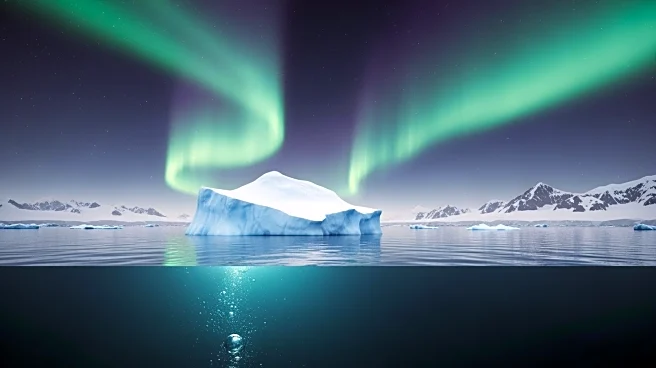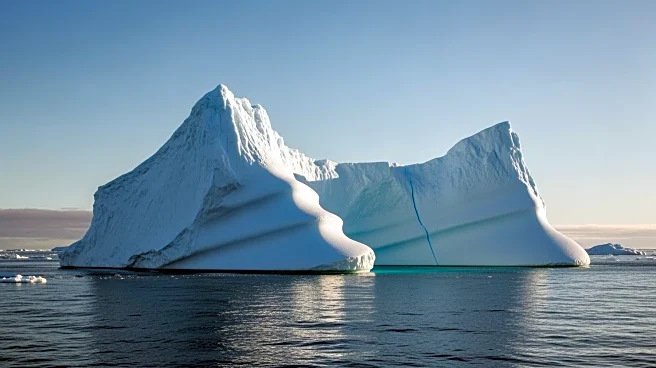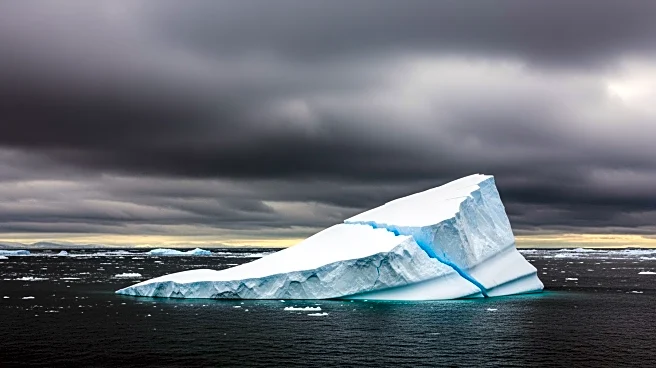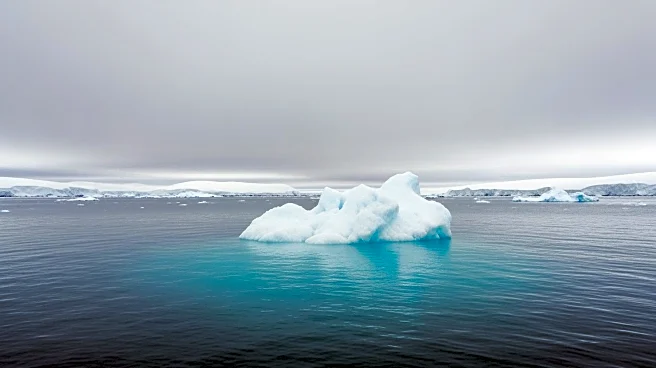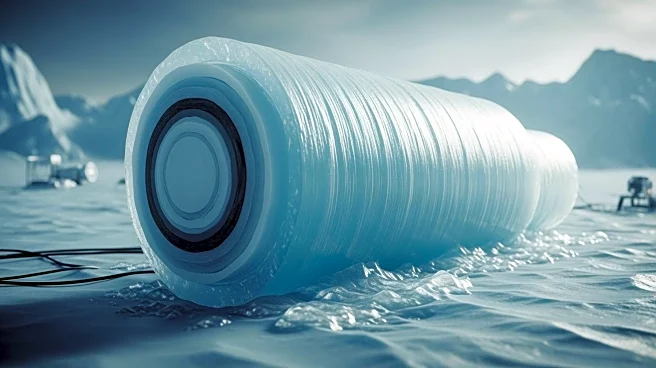What's Happening?
A recent study has uncovered that the Southern Ocean emits significantly more carbon dioxide during the Antarctic winter than previously estimated. Led by scientists from the Second Institute of Oceanography
and the Nanjing Institute of Geography and Limnology, the research found that wintertime CO2 emissions have been underestimated by up to 40%. The Southern Ocean plays a crucial role in regulating the global carbon cycle, absorbing a substantial amount of carbon released by human activities. However, the region's carbon flux calculations have been uncertain due to the lack of winter observations. Traditional satellites, which rely on sunlight, cannot collect data during the dark Antarctic winter, leaving scientists with incomplete models. To address this, researchers utilized LIDAR technology, which uses laser signals to gather data, enabling them to observe the ocean during polar night and create a continuous record of winter CO2 exchange.
Why It's Important?
This discovery has significant implications for understanding the global carbon cycle and climate change projections. The Southern Ocean's role in carbon absorption is more complex than previously thought, affecting global carbon budgets and climate models used by organizations like the Intergovernmental Panel on Climate Change. By filling this data gap, scientists can improve the accuracy of climate projections, which are crucial for policy-making and environmental strategies. The study also highlights the potential of combining advanced satellite technology with machine learning to study remote regions, offering new insights into Earth's climate system.
What's Next?
The findings may prompt a reevaluation of global carbon budgets and climate models, potentially influencing international climate policies and agreements. Researchers might continue to explore the Southern Ocean's carbon dynamics using advanced technologies, aiming to refine climate projections further. The study's methodology could be applied to other remote regions, enhancing understanding of global climate systems and informing future environmental strategies.
Beyond the Headlines
The study introduces a new framework for understanding CO2 exchange in the Southern Ocean, emphasizing the role of physical, biological, and atmospheric factors in different regions. This nuanced understanding could lead to more targeted climate interventions and conservation efforts, addressing specific drivers of carbon emissions in polar environments.
